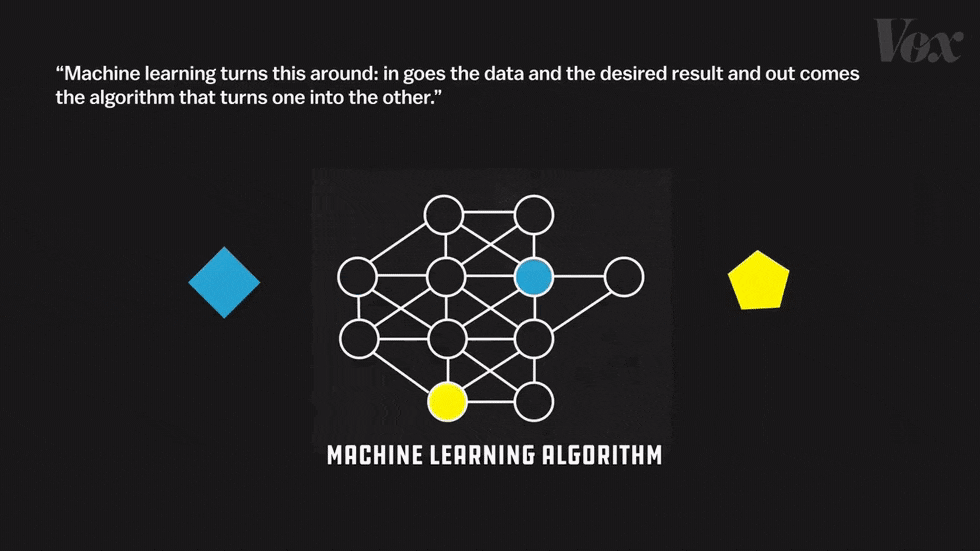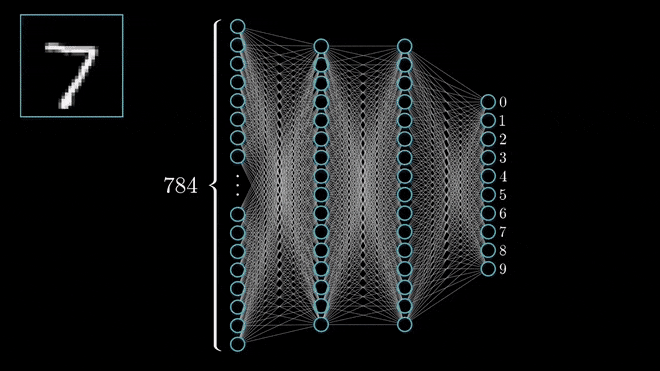Debilitating data breaches and identity theft scenarios have left several high-profile firms across the globe scrambling to recover losses. In 2018 alone, in the US, over $1.48 billion worth of losses occurred, after 1.4 million fraud reports1. Of these reports, identity theft was a significant defining factor. Businesses and corporates alike are turning to machine learning and Artificial Intelligence (AI) in general for help. Current employees are also being upskilled for an artificial intelligence career through machine learning courses in order to prep for the future of machine learning.
Machine learning has already permeated everyday lives, from online recommendations on your favorite streaming site to self-drive cars that have awed the masses. When it comes to identity theft detection, machine learning has so much potential– especially since there are larger players and higher factors at stake.
Here are some ways in which AI and machine learning are being leveraged to detect, reduce and prevent identity theft:
Authentication Tests
With machine learning, identity documents including the likes of passports, drivers’ licenses, and PAN cards are scanned and cross-verified with an unseen database in real-time. An additional set of authentication tests can usurp theft to some extent– the use of biometrics and facial recognition being some of the more used ML-based tests. Other examples of authentication tests include microprint tests, OCR-barcode-magnetic strip cross-verification, and paper-and-ink validation2.
Real-Time Decision Making
Machine learning training has the power to operationalize and automate the process of data analytics, especially tasks that are mundane or prone to human error. Beyond speeding up the process of identity theft detection, machine learning enables real-time decision making to stop theft in its tracks or sound an alert in case of a potential threat. This is a boon for businesses both large and small who cannot afford to waste valuable human resources on mundane tasks. By detecting identity theft at speeds hitherto unmatched, machine learning allows analysts to make spot decisions before any damage is done.
Pattern Identification
An added benefit of using machine learning to revolutionize identity theft detection is pattern recognition. Since any machine learning algorithm is wired to a database with tonnes of data, these algorithms can scan through all the information available over the years to predict future threats and identify the source and patterns so that preventive measures can be taken in advance. This is beneficial in that it creates links between individual theft cases, allowing analysts to better assess what the best plan of action is in response.
Dataset Scaling
The more data that’s collected, the better machine learning algorithms are trained for a variety of situations. Unlike many other scenarios where lots of data mean more complexity, a wider database allows machine learning algorithms to be scaled and adapted as required. It also allows them to grow more accurate with every addition, make comparisons and identify genuine and fraud transactions in an instant– a true step up from the days of human involvement. However, a caveat– in training stages, it is crucial that analysts be monitoring the process because if the machine goes over an undetected fraud without flagging it, chances are it’ll learn to ignore that type of fraud in the future, opening up a big sinkhole in the system.
The final word
Machine learning is revolutionary in preventing billions of dollars being lost in fraud, theft and data recovery. Firms are increasingly allocating a huge chunk of their budget towards sound ML-based security systems– a testament to just how revolutionary the technology is in identity theft detection.


 There are a variety of career parts to pursue in the sphere that is Machine Learning and the positions offered are very rewarding.
There are a variety of career parts to pursue in the sphere that is Machine Learning and the positions offered are very rewarding.
 Many institutes like IIT provide
Many institutes like IIT provide 






